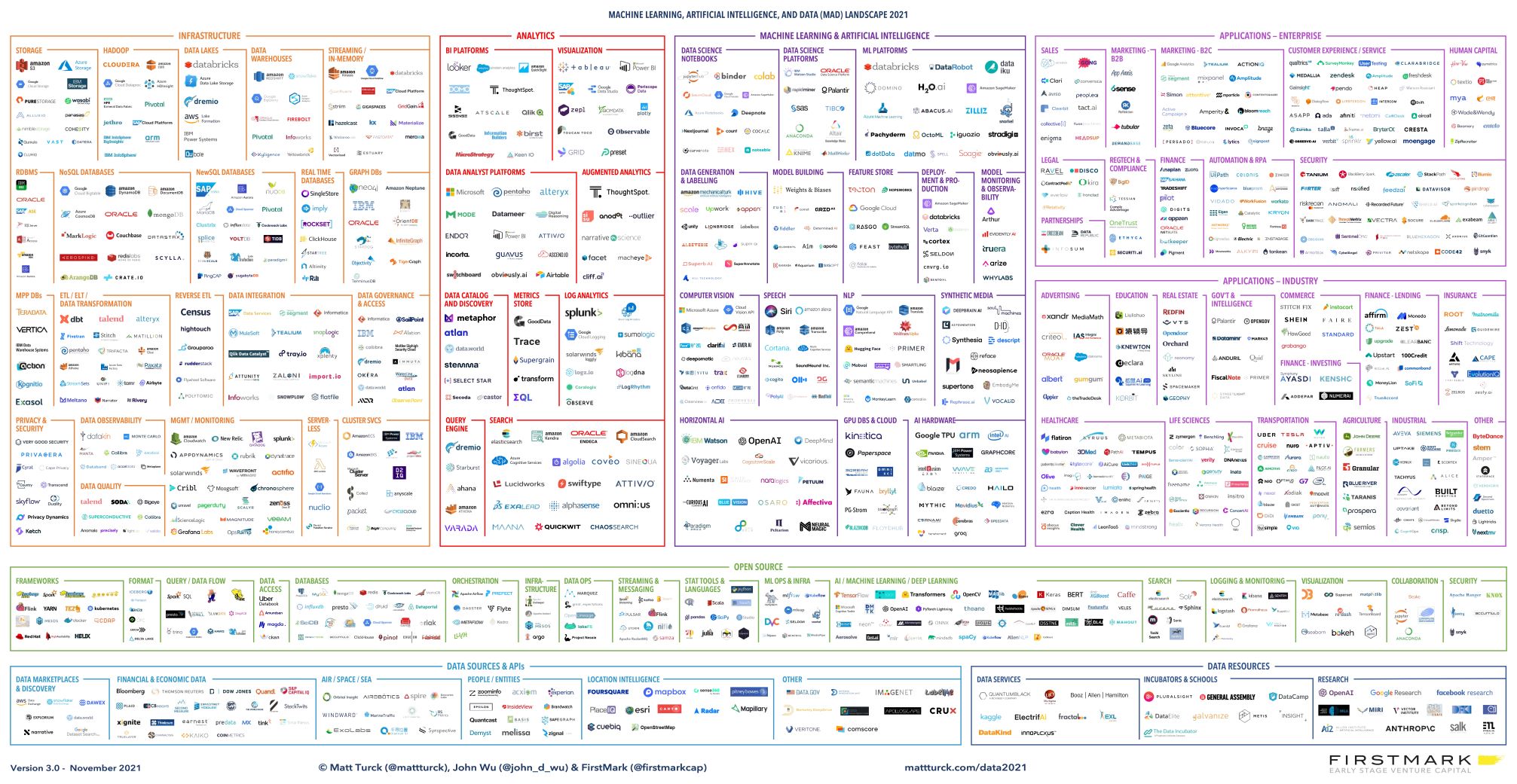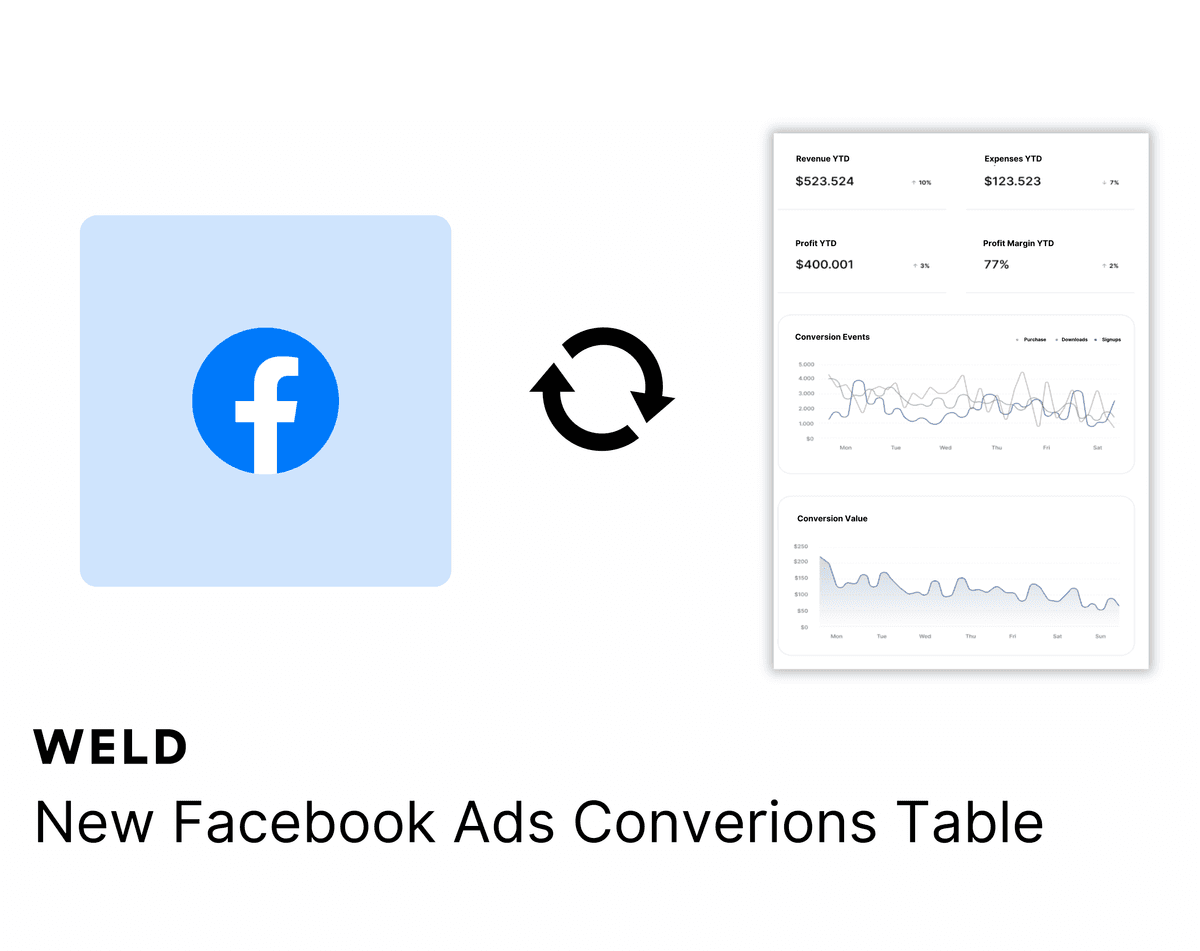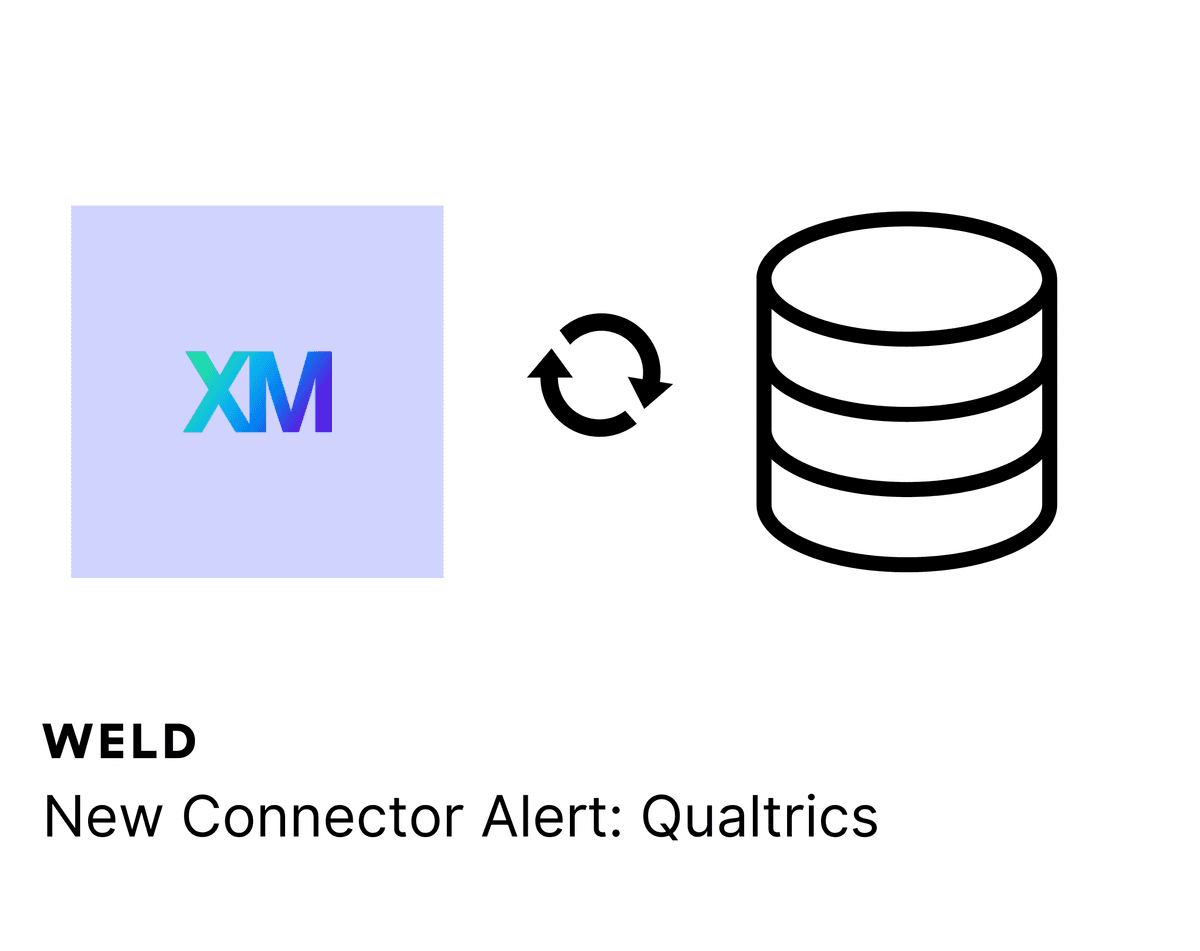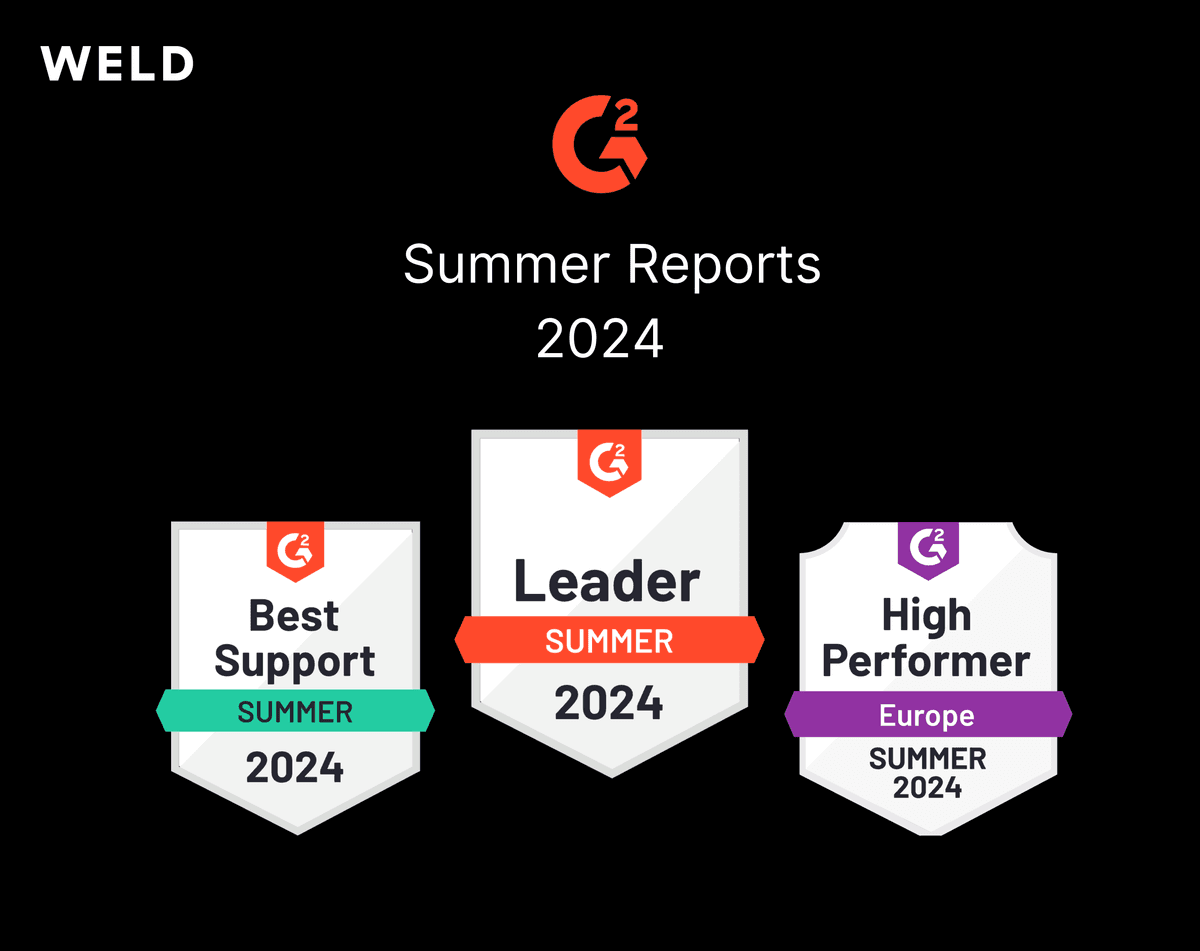
Is the future dominated by niche single product companies or will the bundled approach win?
The ‘modern data stack’ market is highly fragmented and dominated by many niche players, which is characteristic of an early stage industry before the Merger & Acquistion phase. Some are emerging as market leaders in their sub-domains, most notable with a single product offering. In the future it will be interesting to see whether single product companies will dominate the market, or whether we will see bundlings of product offerings. This will of course all come down to strategy: which approach will provide the customers the highest value, while also securing the most profit?
Current market conditions
They say that for every single excel use case, there is a million-dollar business opportunity. Looking at the market today, it is worth paying attention to the increased focus on exactly these narrow use cases in the SaaS B2B category. A business that is looking to become more data driven, is looking for solutions that will aid them in solving specific problems quickly and efficiently. This has led to the creation and development of tools and services that are very good at doing one thing for one particular industry or customer profile.
For example Stitch and Fivetran are focused on developing the best ELT pipelines, where Census is the choice for Reverse ETL, these are only a few of the many examples of niche specialized products, which are used by companies across multiple industries in creating the modern data stack. Below is a picture that shows some of the single-product SaaS companies solving use cases for one industry or business function. We have yet to see companies expanding their product offerings, or in some cases being acquired and merged.

Single-product strategy
Within the Modern data stack ecosystems, there are several success stories of taking a single-product approach. Companies such as Fivetran and Segment have positioned themselves among the leaders and grown fast by effectively leveraging open APIs and partnerships to offer more with less.
Many single product software companies explore the API path with the desire for frictionless ecosystem access and to achieve a faster speed to market.
Segment, for example, has taken advantage of Amazon's cloud infrastructure combined with its unique software offering, allowing them to provide a cloud-native ELT and reverse-ETL solution. By using open APIs and partnerships as a growth lever, Segment has been able to integrate with other popular applications and services such as Braze, Interable, Looker, Snowflake.
As you can see, single-product companies are able to capture a profitable niche in the market, however there are some risks associated with such an approach.
First and foremost, it limits their ability to diversify their revenue streams and become less dependent on any single customer profile or product. Without diversification, a single-product company is vulnerable to changes in the market and could be exposed to sudden shifts in customer preferences or regulations.
Secondly, companies with only one product may struggle to build their go-to-market strategy. A successful marketing strategy should include both effective demand generation as well as an effective sales team capable of closing deals. Without diversification into different products, companies may find it difficult to generate a large enough scale to achieve significant growth or profitability.
While risky, a single-product approach done well can yield great success, however as the market becomes more mature, will we see bundling either via development or acquisitions?
What are the benefits of a bundled approach?
When it comes to the modern data stack, a bundled approach can provide an experience that goes beyond that of a single service. By creating tools that are an all-in-once package, customers can get started quicker and most importantly- at a reduced cost. Bundled products allow software companies to diversify their revenue streams and create more versatile go to market strategies, which in turn provide greater stability and long-term security.
When is the bundled approach the right choice?
Needless to say, products should only be bundled when they are related and their combination will create a unique offering of software solutions that complement each other. Bottom line is that bundles allow software companies to provide complete solutions that solve the customer’s problems rather than focusing on solving only a part of the problem .
Furthermore, bundling is a great strategy when the customer acquisition costs are high, because you are able to sell several products to the same customer, increasing the Average Revenue per Customer. In a nutshell the bundled approach will increase your return per dollar spent, which is what most companies optimize for.
In all of this it is however incredibly important to understand that selling bundled products or services means that you are selling more than one use case, or more than one solution to a problem. As the complexity of your offering rises, the end users will have a harder time knowing precisely what pain point you are going to solve for them. Thus it becomes more critical to clearly articulate the purpose of each product in the bundle, so the users understand what they are buying.
Final thoughts
We have yet to see what approach will win for the ‘modern data stack’. In a market that is driven by customer experience and needs, we could end with something looking similar to what we have today. Single product companies seamlessly integrating together, so that each player can focus on their small part of the whole. At the same time, the market is and always will be profit driven, and to make profit, you need control. That is why i believe that as this industry evolves, we will see more and more companies expanding horizontally to become category leaders. This will be done by acquiring other single product companies and then moving upstream and downstream to gain complete category control.
I will leave you with an open question, and that is: which companies will go after market leader positions, and which will become the targets of acquisitions? I am curious to hear what you think.
Continue reading

New Facebook Ads Conversion Table
Analysing your Facebook Ads conversion data has now got easier with our new conversion insights table.

New Connector Alert - Qualtrics
Need better Qualtrics reporting? Weld allows you to seamlessly integrate your Qualtrics data with the rest of data sources, creating a unified view of your business metrics. Enhance your analytics and make more informed decisions with our new ETL connector!

G2 2024 Summer Reports
The G2 2024 summer reports are live and Weld has been awarded 39 badges!





